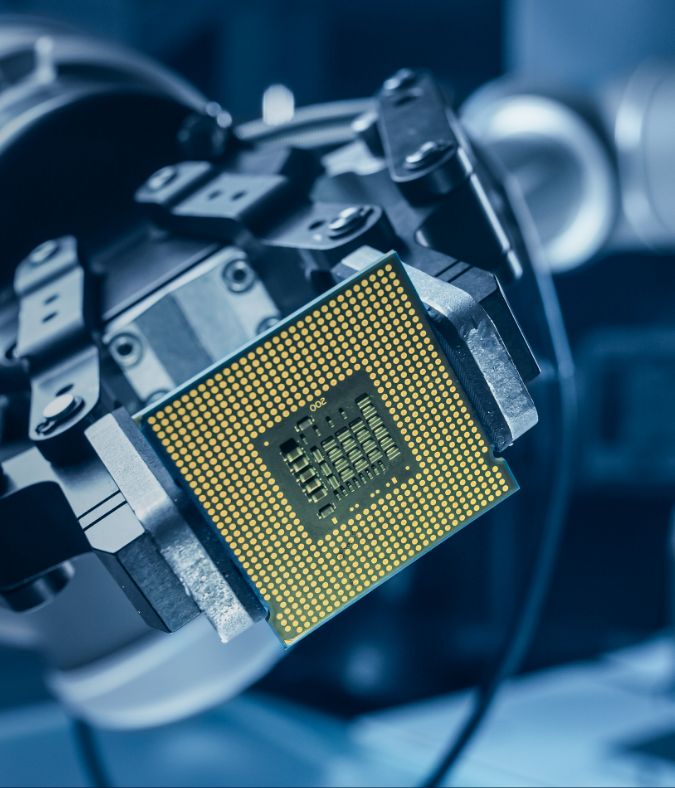In a recent round table discussion hosted by Wipro Engineering Edge, esteemed leaders from Wipro's VLSI and System Design Practice came together to delve into the transformative power of Artificial Intelligence (AI) in the VLSI industry. Led by the insightful moderation of Ritesh Tyagi, Global Head of VLSI and SD Practice, the panelists – including Narendra Nande, Atul Dwivedi, Mohit Bansal, Resty Roy, and other industry experts – engaged in an illuminating conversation. They deep dived into the challenges, implications, and potential of implementing AI in critical areas of VLSI. From addressing the ever-increasing chip complexity to meeting market pressures, this dynamic session covered it all. Stay tuned as these experts unravel the AI-driven future of VLSI and System Design!




